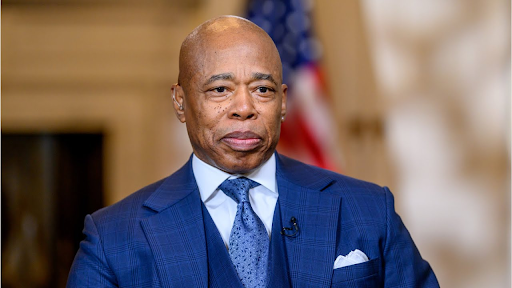What exactly is the Deferred Action for Childhood Arrivals program (DACA)? It stands for protection against deportation of young immigrants, but there is more to what DACA is than just the name. This program was introduced by former President Barack Obama back in 2012 to assist immigrants. The aim of this project was to provide a shield from deportation that would protect immigrant children brought into the United States. The many benefits provided by DACA aside from immigrant protection include the reception of work permits. However, after President Donald Trump’s election in 2016, DACA was put into jeopardy. A year after his election, Trump pushed to end DACA. Trump stated, “the program is unlawful and unconstitutional and cannot be successfully defended in court,” as he campaigned towards the discarding of DACA. And as of Tuesday, Nov. 12, it appeared that the Supreme Court was leaning towards Trump’s push to end DACA.
According to a report by the Democrats of the Committee on Small Businesses, there are approximately eight million active members in DACA, 91 percent of which happen to be fully employed and under the age of 25. Therefore, deporting these immigrants as a means of disregarding potential help from DACA would cost $60 billion and reduce economic growth by $280 billion. The elimination of DACA as proposed by Trump would affect the overall economy and decrease the highly sought after benefits of Social Security and Medicaid. Besides the positive impact DACA has on the economy, it benefits the lives of many immigrants who look to improve and make a change upon their lives in a more beneficial way compared to those offered in countries they come from.
The initiative started by Obama in 2012 began with the goal of improving the quality of life for those who could not achieve it elsewhere; in other words, those in search of the “American Dream.” As they built upon this idea and acted on it, many lives changed for the better for those who were part of DACA. According to Zene Jamies Perez, writer for Center for American Progress, as of July of 2014, two years after the program passed legislation, more than 587,000 undocumented young immigrants had received both relief from deportation and a work permit.
The benefits and advantages evident through the opportunities generated and economic growth could not have been achieved without the helpful hand of DACA. In fact, the termination of DACA would commence a gradual deterioration of many characteristics surrounding the workplace and the economy.
DACA has offered many immigrants a better chance at life and a new opportunity to achieve what they someday dreamed about. Having lived in Mexico, I got to witness many instances in which these immigrants jumped over the fence and risked their lives, all in search of what could be a new beginning and a brighter and better future.
Terminating DACA would restrain these opportunities from the people who look to improve upon themselves in a country which promotes life, liberty and the pursuit of happiness.







